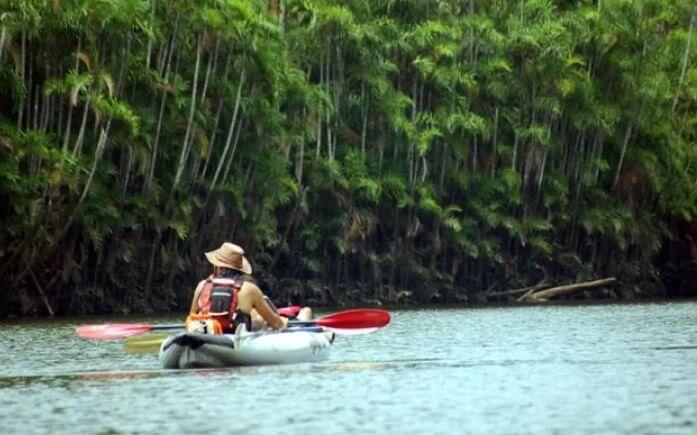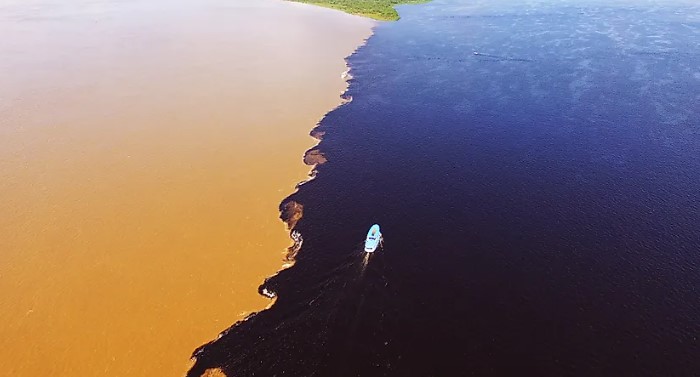Swimming in the Amazon River is a fascinating and adventurous prospect. The Amazon River, known for its immense size and rich biodiversity, is a mesmerizing water body that stretches across several South American countries. While the idea of swimming in this mighty river may sound enticing, it’s essential to consider a few crucial factors before taking the plunge.
Can you go swimming in the Amazon River?
Swimming in the Amazon River is possible, but it is not without its risks and considerations. The Amazon River is known for its vast size, powerful currents, and diverse wildlife, including potentially dangerous creatures like piranhas and caimans.
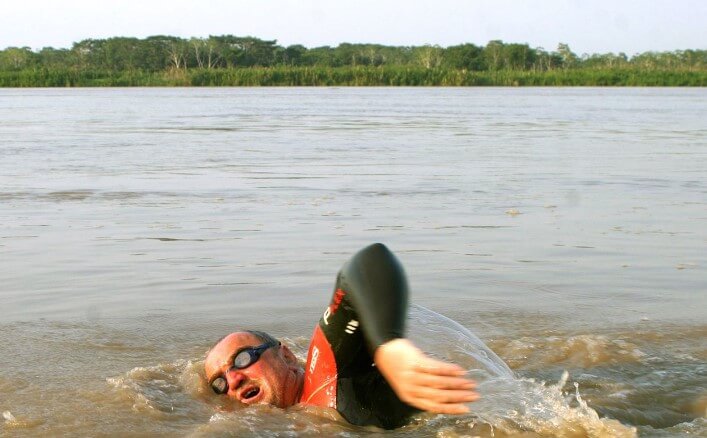
Therefore, if you are considering swimming in the Amazon River, it is crucial to exercise caution, be aware of the potential hazards, and take necessary precautions. Consulting with local guides or authorities familiar with the area can provide valuable advice on safe swimming locations and guidelines to follow.
Has anyone swam in the Amazon River?
Yes, anyone has swum in the Amazon River. Throughout history, numerous explorers and adventurers have tested their limits by swimming parts of the Amazon River. However, it is not a common recreational activity due to the aforementioned risks and challenges associated with this mighty waterway.
So, the question is that where can I swim in Amazon? These establishments provide a controlled environment where safety measures are in place, allowing visitors to enjoy a unique swimming experience while minimizing the risks associated with the wild and untamed stretches of the river.
Is the Amazon River water drinkable?
So, the question is, Is the amazon river dangerous? The water of the Amazon River is generally not considered safe for direct consumption. The river’s water is known to contain a variety of microorganisms, bacteria, and parasites that can pose health risks to humans. These organisms can cause waterborne illnesses and infections.
Read as well: Desert jungle
Additionally, the presence of industrial pollutants, agricultural runoff, and human waste further contributes to the potential contamination of the river water. Therefore, it is advisable to avoid drinking untreated water from the Amazon River. If you are in need of drinking water while exploring the region, it is recommended to rely on bottled water or treated water from reliable sources to ensure your health and safety.
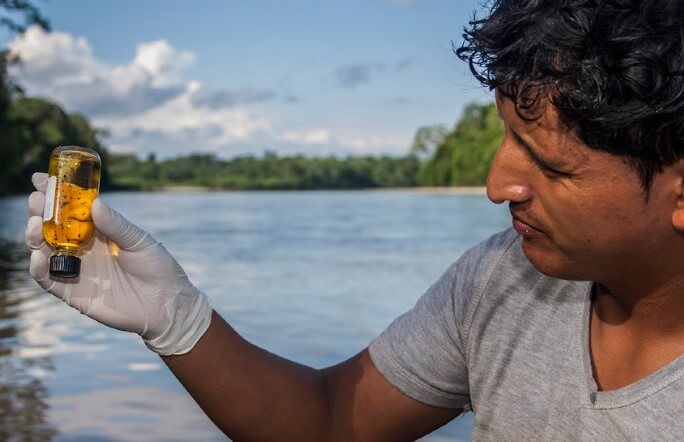
Don’t swim in the amazon river this fish will eat you
Can fish kill you? While the Amazon River is home to a wide variety of fish species, most of them are not inherently dangerous to humans. However, it is important to exercise caution as there are a few exceptions. Some fish species in the Amazon, such as electric eels and certain types of catfish, can deliver electric shocks or have spines that can cause injury if handled improperly. Additionally, the presence of piranhas in the Amazon River has led to a perception of danger. While piranhas are known for their sharp teeth and feeding frenzies, they generally pose a minimal threat to humans in natural settings. Attacks on humans are rare and are usually associated with specific circumstances, such as disturbed or injured piranhas. Overall, with proper awareness and respect for the aquatic environment, the vast majority of fish species in the Amazon River do not pose significant dangers to humans.
Amazon river animals
The Amazon River is home to an incredible diversity of animals, making it one of the most biodiverse regions on the planet. The river provides a rich habitat for an array of species, including jaguars, capybaras, macaws, and howler monkeys. The dense Amazon rainforest surrounding the river is a haven for countless species, both big and small, making it a truly remarkable ecosystem.
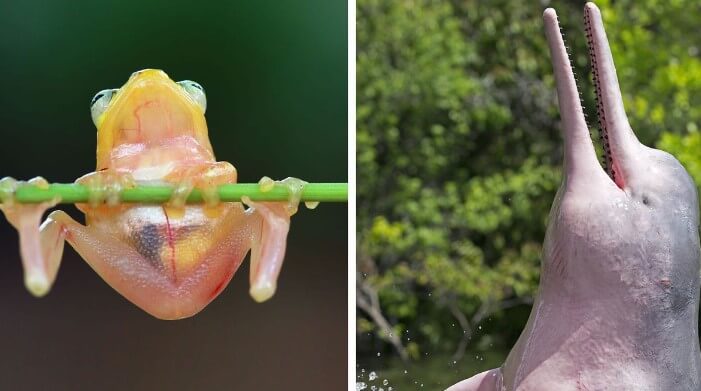
Amazon River Attacks
As we listen about the animal attack. it is important to acknowledge that there are occasional reports of attacks by certain animals inhabiting the region. One such example is the notorious piranha, known for its sharp teeth and voracious feeding habits. Although attacks on humans are relatively rare, piranhas have been known to bite when they feel threatened or when food sources are scarce. Additionally, there have been instances of caiman attacks, as these large reptiles can be aggressive if disturbed or if they perceive humans as a potential threat. So there are fewer chances of the attack of animals if you do not harm them.

Amazon River predators
The Amazon River is home to predators. One of the most fearsome predators in the Amazon is the jaguar, renowned for its strength and agility. These elusive big cats hunt along the riverbanks, preying on various animals, including caimans, capybaras, and tapirs. Another prominent predator is the black caiman, a large species of crocodilian that can grow up to 16 feet in length. Additionally, the giant anaconda, the world’s largest snake, is a formidable predator in the Amazon, capable of overpowering and constricting large prey such as deer and wild pigs, and many more animals.

